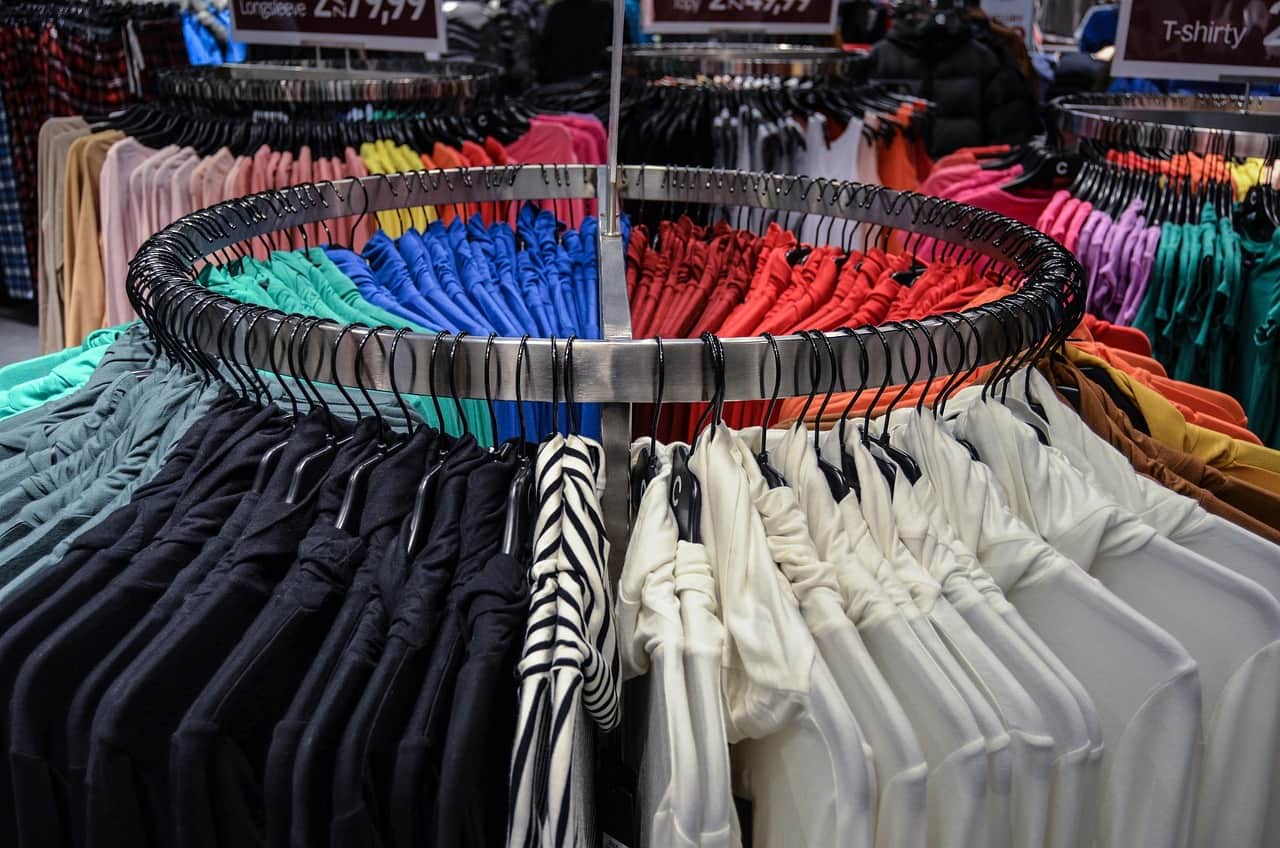The story of per-and polyfluoroalkyl substances (PFAS) is like a scientific thriller. Spanning nearly a century from their chance discovery to their current status as a worldwide environmental and health concern. PFAS substances have woven themselves into the fabric of modern life.
These chemicals, born in mid-20th-century laboratories, quickly became prized for repelling water and oil. PFAS found its way into many commonplace products, such as waterproof clothes and non-stick cookware, improving the lives of millions.
However, as their use expanded, so did concerns about their persistence in the environment and potential health impacts. Today, PFAS stands at the center of a global debate. It is challenging us to balance the benefits of innovation with the necessity of protecting human health and the natural world.
This article talks about the substance’s use in clothing and provides some great recommendations for PFAS-free clothing brands. Let us all strive to live healthy, and wear healthy. After all, clothes are the body’s best friend so choose wisely.
The PFAS Paradox
We’ve all been there, caught in a sudden downpour or spilling coffee on our favorite shirt. In these moments, we are grateful for clothing that repels water and stains. But have you ever wondered about the chemicals that make this possible? Here enters per -and polyfluoroalkyl substances.
These man-made chemicals have been our silent saviors since the 1940s, protecting us from the elements and keeping our clothes looking fresh. But as with many scientific ‘miracles,’ we’re now discovering a darker side to these wonder chemicals.
Imagine a chemical bond so strong that it barely breaks down in nature. That’s PFAS for you. This durability is fantastic for keeping rain off your jacket, but not so great when these chemicals end up in our environment. They’re turning up everywhere, in our water, air, soil, and even in our blood.
This bioaccumulation is concerning, as high PFAS exposure has been linked to various health issues. The Environmental Protection Agency (EPA) has deemed two types of PFAS as likely carcinogenic to humans. In response to these concerns, many states are enacting policies against PFAS.
End Is Near
The revelation has also prompted numerous PFAS lawsuits from U.S. communities against chemical manufacturers, alleging health hazards. TorHoerman Law states that the EPA has suggested classifying PFOS and PFOA (PFAS kinds), as dangerous substances under the CERCLA law.
California, for instance, will ban PFAS in all textiles starting in 2025. Meanwhile, some retailers and textile producers have been proactively working to eliminate PFAS from their clothing. The PFAS lawsuit has been growing since the EPA presented its 5-year report in public.
PFAS contamination has been detected in big systems in Salt Lake City, Madison, and Louisville, in particular. This contamination is the biggest crisis point in Michigan in 40 years. Their endurance in the environment, resisting natural breakdown, makes them particularly challenging to address.
This contamination knows no boundaries, crossing geographic and socioeconomic lines, and reaching almost every American. The health implications are serious. PFAS have been linked to various ailments, including cancer, birth defects, and immune system disruptions.
Non-Toxic Clothing To The Rescue
In the quest for eco-friendly and health-conscious fashion, a growing number of brands are stepping up and setting a healthy trend. They are doing so by offering garments free from PFAS. These innovative companies are proving that style and performance don’t have to come at the cost of environmental and personal health.
Take, for instance, the brand born from the slopes, Kari Traa. Founded by a former Olympic mogul skier, this company brings a playful twist to women’s sportswear while keeping it clean from harmful chemicals. They’ve been PFAS-free since 2013, showing that even high-performance gear can be kind to both the body and the planet.
Then there’s the outdoor industry giant, Patagonia. Known for pushing boundaries in both adventure and sustainability, they’ve been on a mission to eliminate PFAS from their product lines. Their innovative water-repellent technologies demonstrate that you can stay dry without drenching the environment in forever chemicals.
Across the line, the brand Vaude has been making waves with its eco-friendly approach. They have developed clever alternatives to PFAS, ensuring their gear repels water and stains without leaving a toxic footprint. It is a testament to the power of innovation when driven by environmental consciousness.
Last but not least, Columbia Sportswear is charting a course towards a PFAS-free future. As they phase out these chemicals, they are demonstrating that large-scale brands can indeed turn towards more sustainable practices. That too, without sacrificing the quality their customers expect.
Frequently Asked Questions (FAQs)
Are PFAS chemicals present in all clothing items?
Not all clothing items contain PFAS. Traditionally, PFAS have been used in outdoor and activewear for their water and stain-resistant properties. However, some clothing brands are now offering PFAS-free alternatives.
How can consumers identify PFAS-free clothing brands?
Consumers can look for brands that explicitly state that their clothing is PFAS-free. Some brands may carry certifications or labels indicating that their products do not contain PFAS.
Can PFAS be absorbed through the skin from clothing?
While PFAS in clothing may not typically be absorbed through the skin in significant amounts, prolonged exposure to PFAS-treated fabrics could potentially pose risks, especially if the clothing is damaged or deteriorating.
This shift in the fashion industry reflects a broader awakening to the impact of our clothing choices. It’s not just about looking good or performing well anymore, but about feeling good about what we wear. More importantly, we know it is not harming us or the world around us.
As more brands join this movement, we are seeing a future where high-performance, stylish clothing doesn’t come with a hidden environmental cost. It’s a future where our garments protect us from the elements without elements that harm our planet. By choosing these forward-thinking brands, consumers are not just making a fashion statement, but an environmental one too.


